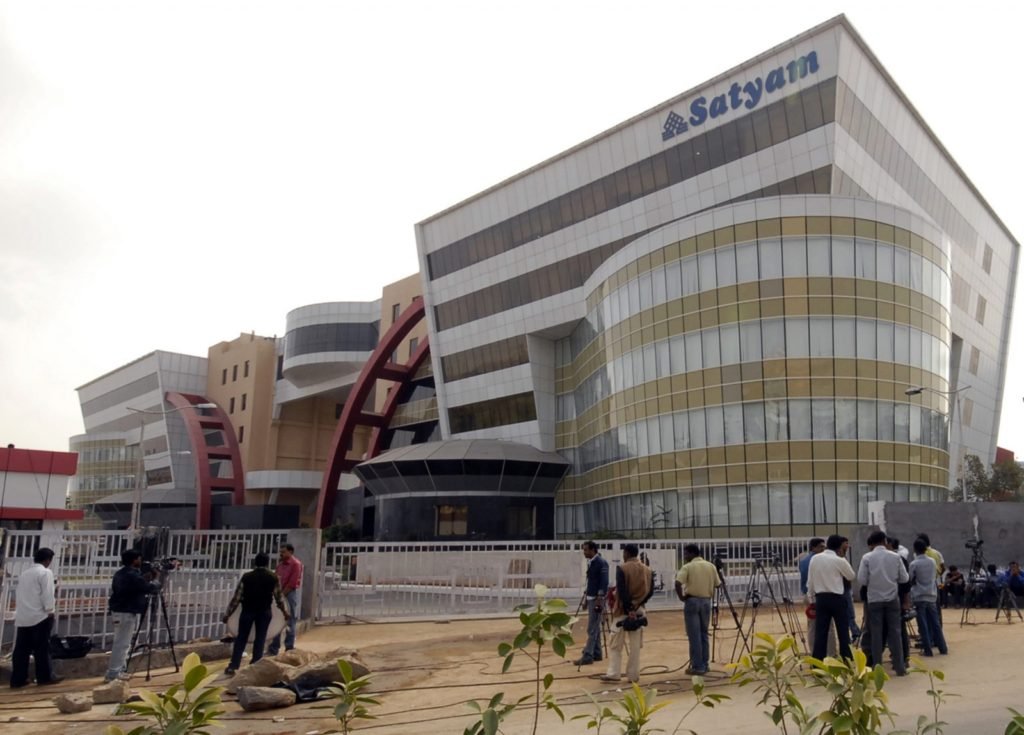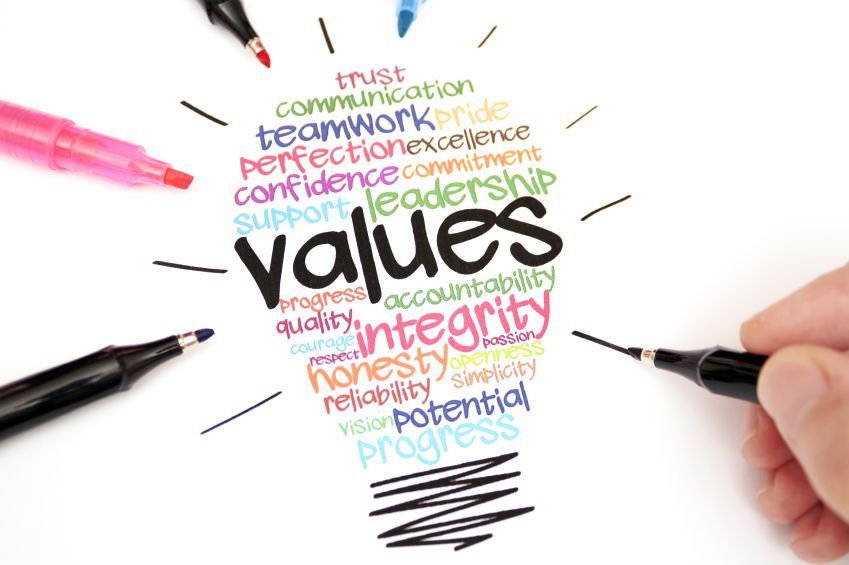A sole proprietorship (In Hindi), also known as the sole trader or simply a proprietorship, is a type of enterprise. That is owned and run by one natural person and in which there is no legal distinction between the owner and the business entity. The owner is in direct control of all elements and is legally accountable for the finances of such business and this may include debts, loans, loss, etc. Also learn, What is Manpower Planning? Example, with Importance.
Learn and Study, What is Sole Proprietorship? Meaning and Definition.
A sole proprietor may use a trading name or business name other than his, her, or its legal name. They may have to legally trademark their business name if it differs from their own legal name. The process varying depending upon the country of residence. The sole trader receives all profits (subject to taxation specific to the business) and has unlimited responsibility for all losses and debts. The proprietor owns every asset of the business, and all debts of the business are the proprietors. It is a “sole” proprietorship in contrast with partnerships (which have at least two owners).
Meaning of Sole Proprietorship:
A sole proprietorship, also known as a sole trader or a proprietorship, is an unincorporated business with a single owner. Who pays personal income tax on profits earned from the business. With little government regulation, a sole proprietorship is the simplest business to set up or take apart. Making sole proprietorships popular among individual self-contractors, consultants, or small business owners. Many sole proprietors do business under their own names because creating a separate business or trade name isn’t necessary. Also learn the Definition, Importance, and Affected Factors of Manpower Planning.
Definition of Sole Proprietorship:
Simplest, oldest, and most common form of business ownership in which only one individual acquires. All the benefits and risks of running an enterprise. In a sole-proprietorship. There is no legal distinction between the assets and liabilities of a business and those of its owner. It is by far the most popular business structure for startups because of its ease of formation. Least record-keeping, minimal regulatory controls, and avoidance of double taxation.
Also, A sole proprietorship is an unincorporated business owned by one individual, making it the simplest form of business to start and operate. Over 20 million sole proprietorships are operating in the United States and Canada, making it by far the most popular form of business ownership.
The key feature of the sole proprietorship definition is that unlike an incorporated business or a partnership there is no legal separation between the business and the owner in a sole proprietorship – the business is considering to be an extension of the owner and as such the owner is personally responsible for any debts or liabilities incurred by the business.
An Example of a Sole Proprietorship:
Most small businesses start as sole proprietorships and change to different legal structures as they grow. For example, in 2005, Kate Schade started her company, Kate’s Real Food, as a sole proprietor. The company creates and sells energy bars, and it began as a local vendor in Schade’s town of Victor, Idaho. The sole proprietorship sold its energy bars at local farmer’s markets and then expanded to sell online and to a few accounts in Jackson, Idaho.
Personal liability for business debts:
A sole proprietor can hold personally liable for any business-related obligation. This means that if your business doesn’t pay a supplier, defaults on a debt, or loses a lawsuit, the creditor can legally come after your house or other possessions.
Examples:
Example 1: Lester is the owner of a small manufacturing business. When business prospects look good, he orders $50,000 worth of supplies and uses them in creating merchandise. Unfortunately, there’s a sudden drop in demand for his products, and Lester can’t sell the items he’s produced. When the company that sold Lester the suppliers demand payment, he can’t pay the bill. As the sole proprietor, Lester is personally liable for this business obligation. This means that the creditor can sue him and go after not only Lester’s business assets but his other property as well. This can include his house, his car, and his personal bank account.
Example 2: Shirley is the owner of a flower shop. One day Roger, one of Shirley’s employees, is delivering flowers using a truck owned by the business. Roger strikes and seriously injures a pedestrian. The injured pedestrian sues Roger, claiming that he drove carelessly and caused the accident. The lawsuit names Shirley as a co-defendant. After a trial, the jury returns a large verdict against Roger and Shirley as the owner of the business. Shirley is personally liable to the injured pedestrian. This means the pedestrian can go after all of Shirley’s assets, business, and personal.
By contrast, the law provides owners of corporations and limited liability companies (LLCs) with what’s called “limited personal liability” for business obligations. This means that, unlike sole proprietors and general partners, owners of corporations and LLCs can normally keep their house, investments, and other personal property even if their business fails. If you will engage in a risky business, you may want to consider forming a corporation or an LLC. You can learn more about limiting your personal liability for business obligations by reading Nolo’s articles on corporations and LLCs.
Registering your sole proprietorship:
Unlike an LLC or a corporation, you generally don’t have to file any special forms or pay any fees to start working as a sole proprietor. All you have to do is declare your business to be a sole proprietorship when you complete the general registration requirements that apply to all new businesses. Also, learn the advantages and disadvantages of the sole proprietorship.
Most cities and many counties require businesses, even tiny home-based sole proprietorships, to register with them and pay at least a minimum tax. In return, your business will receive a business license or tax registration certificate. You may also have to obtain an employer identification number from the IRS, a seller’s permit from your state, and a zoning permit from your local planning board.
Also, And if you do business under a name different from your own, such as Custom Coding, you usually must register that name, known as a fictitious business name, with your county. In practice, lots of businesses are small enough to get away with ignoring these requirements. But if you are caught, you may be subject to back taxes and other penalties.















